How would I go about finding the middle option or "average" in the example below? I do not want to create new values by taking the mean of all columns and taking the median also does not work in this case. I need to be able to figure out that the blue one (col_5) is the "middle". Any tips? Thanks!
col_1 <- c(0,32,34,36,37,41,43,44,47,48,50)
col_2 <- c(0,3,4,5,6,7,9,14,16,18,20)
col_3 <- c(0,22,23,25,28,31,32,35,38,39,41)
col_4 <- c(0,1,2,3,5,6,8,9,11,13,15)
col_5 <- c(0,2,5,9,11,15,25,33,36,37,38)
df1 <- data.frame(col_1, col_2, col_3, col_4, col_5)
plot(df1$col_1, type ="l")
lines(df1$col_2)
lines(df1$col_3)
lines(df1$col_4)
lines(df1$col_5, col='blue')
